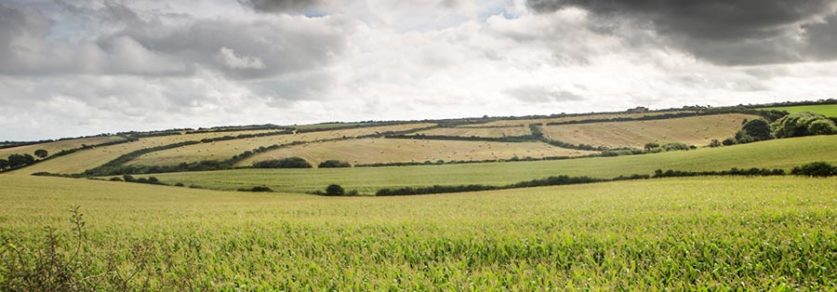
Research from National Energy Action (NEA) and Campaign to Protect Rural England (CPRE) shows that rural communities are five years behind their urban counterparts in terms of household energy efficiency.
Charities are calling for new initiatives to be put in place that will combat this issue that leaves those living in the countryside paying 55% more to heat and light their properties.
In the Government’s statutory efforts to ensure all fuel-poor households live in homes with an energy efficiency rating of at least E by 2020, D by 2025 and C by 2030, those living in the countryside have fallen way behind. Currently, 20.6% of homes in rural areas are operating at a fuel efficiency rating of F or G, compared to 2.8% in urban communities.
Peter Smith, director of policy and research at NEA, said that “far from being a rural idyll, rural communities can suffer from chronic levels of fuel poverty”. The “harder-to-treat, energy-inefficient properties with solid walls” typically found in the countryside together cost £190m more annually than newer builds, which “has negative impacts on vulnerable people’s health and quality of life”.
Recent initiatives to offset the rising energy prices – earlier this month British Gas announced a 12.5% hike in electricity costs – have fallen short. Focus has remained on replacing boilers or encouraging switching suppliers. While helpful, this does not account for the fact that many rural communities have no access to cheaper fuels like gas, but rely on oil or electricity.
A recent report from the NEA into fuel poverty in Dorset, which examined 37,000 homes, shows that those without access to gas are more likely to be living in fuel poverty. A household is in fuel poverty if it spends more than 10% of its income on energy costs.
Home energy efficiency improvements have stalled under recent governments. Under David Cameron, the Energy Obligation Budget was cut by 40% to £640m between 2010 and 2015. Furthermore, this year, the UK lobbied the EU to reduce its energy efficiency targets that currently require each member improves its efficiency by 30% in 2030.
The Department of Communities and Local Governments has since found that the energy efficiency of rural households stalled between 2010 and 2015; conversely urban households became 22.8% more efficient between 2008 and 2015. Rebecca Long-Bailey, the shadow business secretary, said that the energy price cap Labour promised in 2010 would actually have saved families on average £1,149 over seven years, or £142 annually.
The competitions and markets authority estimate an annual national overspend of £2billion on energy, and with 15% of UK households living in fuel poverty, charities are putting huge pressure on the government to reform its initiatives.
While the energy crisis is a nationwide issue, statistics show that rural communities are amongst the worst affected; already suffering from lower average incomes, these communities are often ending up paying more for the same fuel.
In addition to incurring greater fuel costs, rural areas are also often expected to provide space and infrastructure for alternative energy sources – something that residents are often opposed to. Proposed wind farms, for example, are often met with resistance from local communities.
Daniel Carey-Drewes, senior infrastructure campaigner at the CPRE has called for the government to reconsider its attempts to meet the rising demand through such disruptive means. Instead he asks officials to turn their attention to improving energy efficiency; thus reducing the financial and environmental costs of running homes.




